Everyone has to take a break at some time. All photographers, myself included, go through periods where they love photography, and times when a camera feels more like a burden than a method of self-expression. Taking a break from photography is normal, and I’m only able to write this article for you today because I’ve been through it more times than I can count.
Sometimes we take a break because of winter. Travel, and standing in once place long enough to set up a tripod gets hard. If you are not heading out for a specific photograph, it can be very difficult to feel creative during the winter months. And of course, the lack of sunlight means there is only so much that can get done before dark.
I myself have been inside almost all week bundled up in my warm home with a cup of tea. But if you’re looking for ways to get back out there, and keep taking photos, there’s a number of things you can do. The best ones are free, but sometimes spending a little bit of money can make a huge difference in getting you excited about going outdoors.
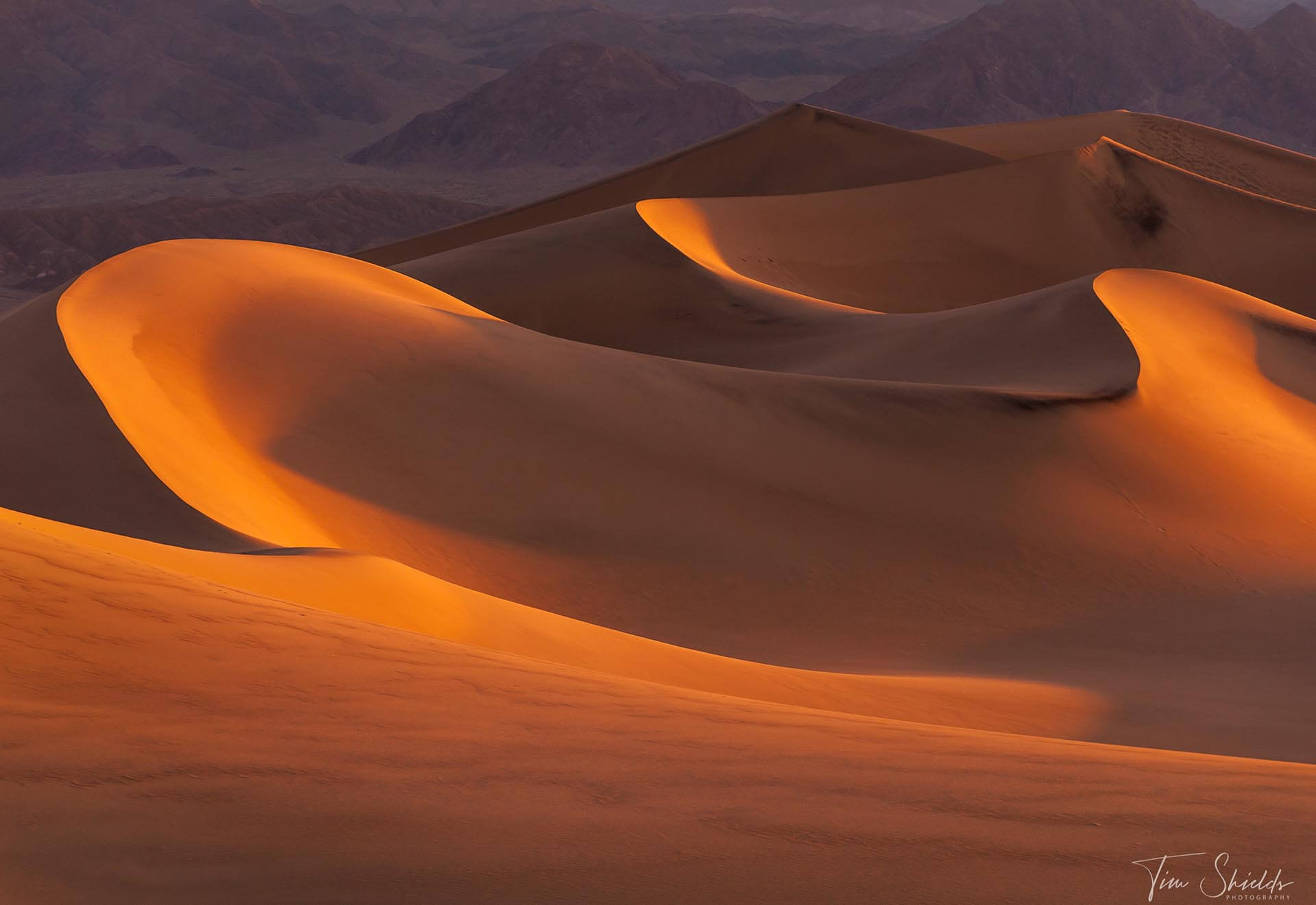
1. Plan a photography adventure
Get online, and look up the locations for the favorite photos that you see. If you’ve got a bit of spare cash, and are just as excited as I am to get on an airplane again, you can plan a vacation around a photograph. I’ve always found that planning a photograph really gets me back in the mood to go out and take photos in my region.
Even if you don’t buy the ticket yet, doing that kind of planning is bound to inspire you to try out some different techniques. No matter where you live on Earth, there’s somewhere close to you that will be an amazing photo spot. Doubly so if you live in Italy, or South America. But even in the prairies, there are thousands of scenes that people around the world are lusting over traveling to your location.
If you don’t even want to think about traveling right now, there’re always options near you. Look up your region on Instagram, and I guarantee you’ll find some new vantage points to shoot. And of course, the benefit of this is that it’s so much easier to just take off when the weather is perfect.
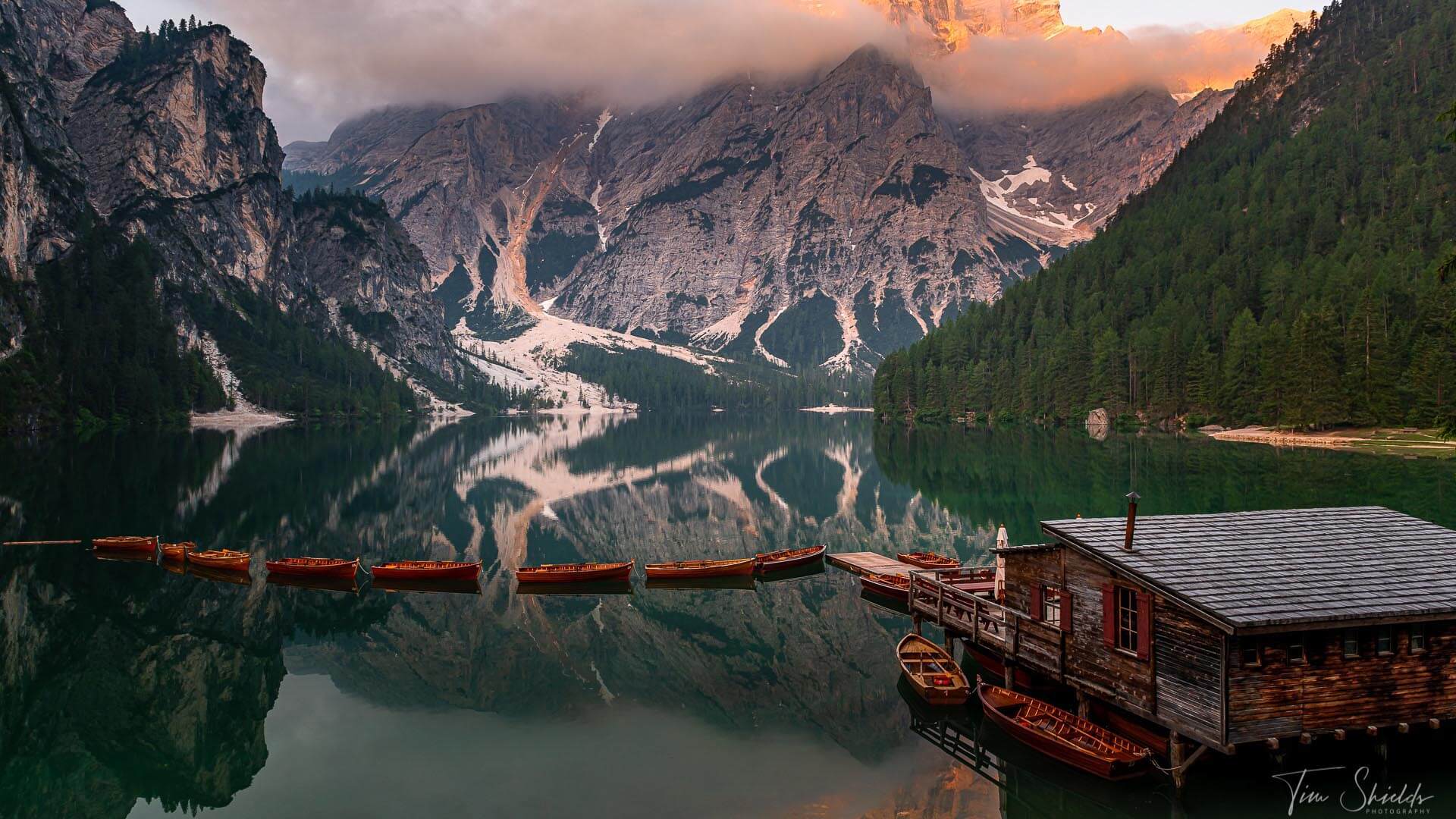
2. Re-edit your favorite photos
This is a big one, and best of all, it’s free. Everyone has a photo that they’re proud of. One that other people want to frame, or even hang on their walls. But if you took that photo a year, or even just six months ago, I guarantee your eyes have changed, or you’ve learned new editing techniques. It’s always so fun to go back over old photos and re-edit them. Even if you don’t put it out on Instagram yet, it’s a fun practice to see just how far you’ve come.
And if there’s absolutely nothing you’d do differently, look up some new guides on the subject. Here’s one that I’ve written on how to edit contrast into your photos, and another on how to Dodge and Burn to get that Fine Art look. If you’re new to photo editing, I’ve also written a free, unabridged beginner’s guide on how to use and edit with Lightroom like a pro. I guarantee that there’s something in here that’ll change the way you look at your photos.
And once you’ve learned some new techniques, the next step is always to go out and get some more photos that’ll complement the new style. When you find a look that you really like, make it into your own Lightroom Preset and try it on some older shots.
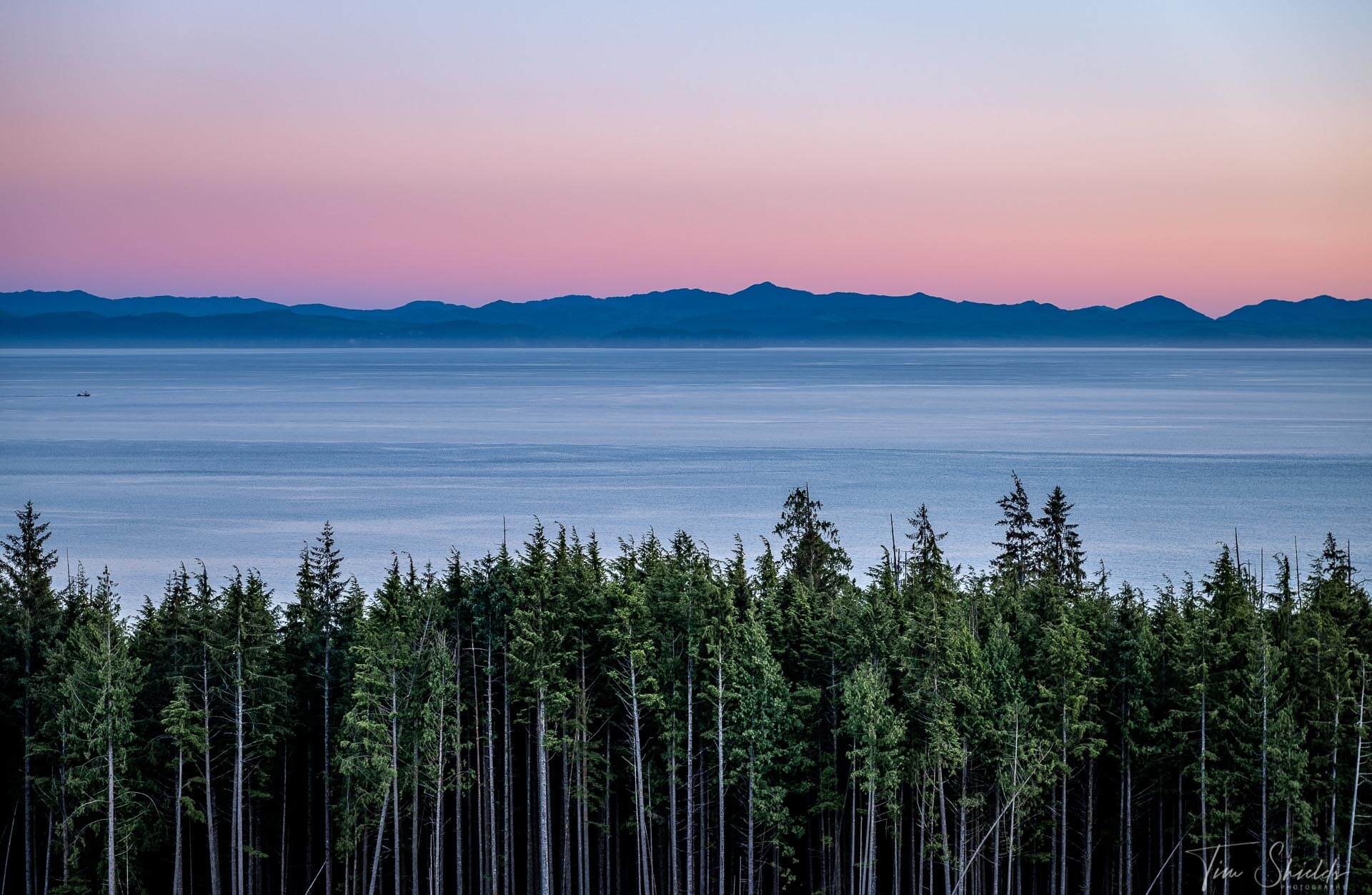
3. Join an outdoor photography group
Outdoor photography groups can be amazing because people are always willing to let you in on their secrets. It can be hard to work up the courage the first time, but once you’re in, you’ll be glad you got there. Usually, these are free if you’re meeting up downtown, or by the beach. But sometimes you’ll have to bring some gas money if you’re going on a trip outside the city. These ones are often the most fun because you’ll get somewhere that you may not have known about before.
The best part is everyone there will be doing things a little bit differently. So you’ll get new ideas about how to compose your images, what to look for, or maybe just some advice on what’s the next piece of equipment to add to the never-ending list. If someone has a piece of equipment that works with your system, they’ll likely even let you try it out.
And even if you don’t learn much on the trip, you’ll always come back with some new, active followers and friends! Not only will their photos inspire you, but they’ll want to see more work. This can be a great way to get inspired off of your photographic break.
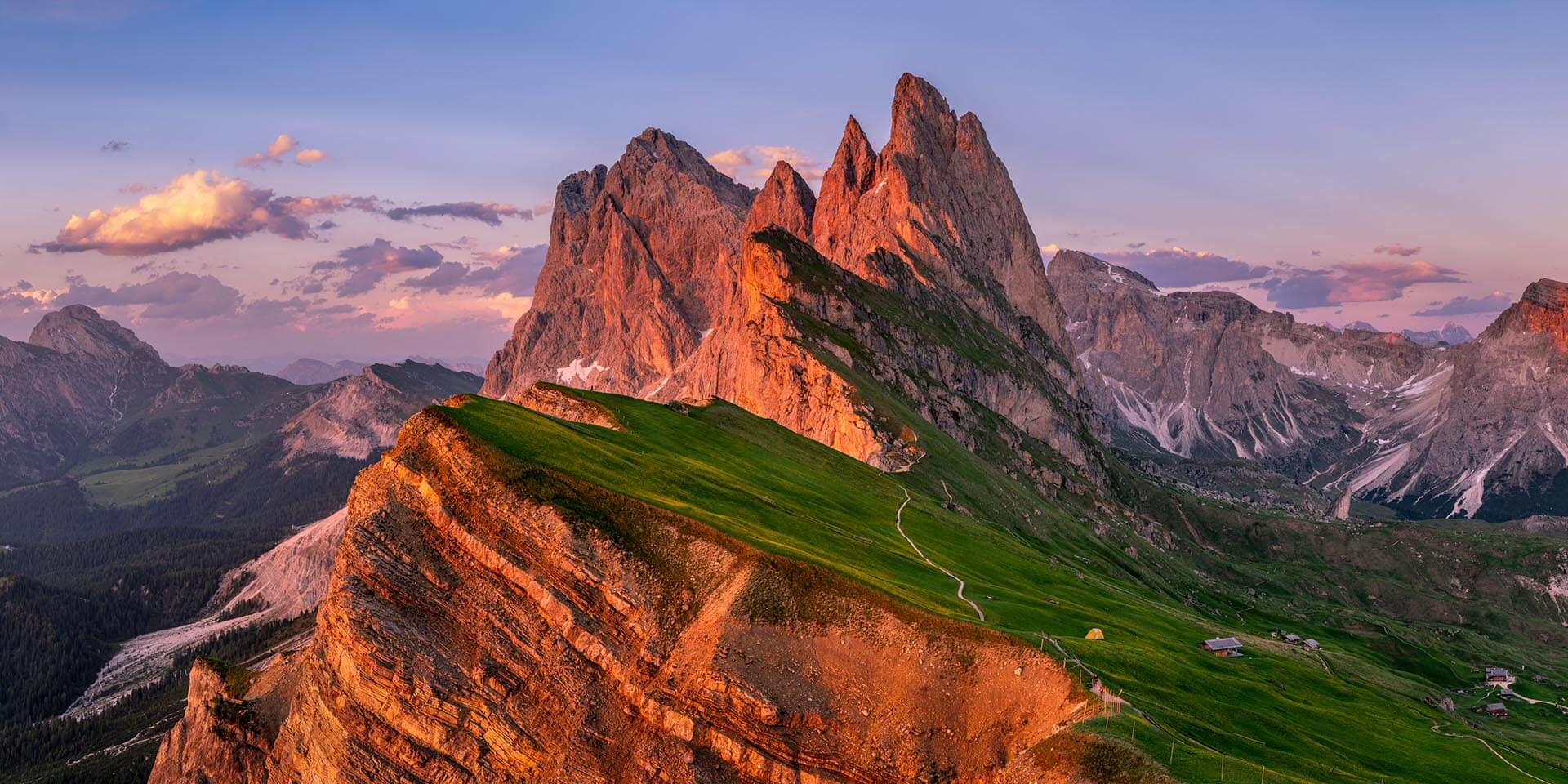
4. Buy a photography book, or go check out a museum
I used to spend so much time in the museum, it’s crazy. Once Corona is over, I swear, that’s the first place I’m heading back to. Even if they don’t have any photography, there’s a lot that you can learn from paintings. Realists or portrait artists always show unique contrast, light, composition, and color theory. Even impressionism, cubism, or post-modern works have elements that can inspire photography.
In the end, good photographs follow the same techniques as good paintings. If you have some spare time, buy a year’s pass to the museum so that you can go back often, and see the pictures alone. While it’s fun to get others’ views on the work, it can be equally, or more inspiring to go in, and sit with a notebook to write down your thoughts and ideas.
Another great way to get some inspiration is to pick up a photo book from one of your favorite photographers. The people inspiring me the most right now are Paul Zizka’s photos of the Canadian Rockies, Tom Hegen’s aerial worlds, and Edward Burtynsky’s large-format masterpieces showing the human effect on landscapes.
Nobody creates work inside of a vacuum. So you might as well pick up some composition tips from the greatest artists out there. This is by far my favorite way to get off a break in my photography.
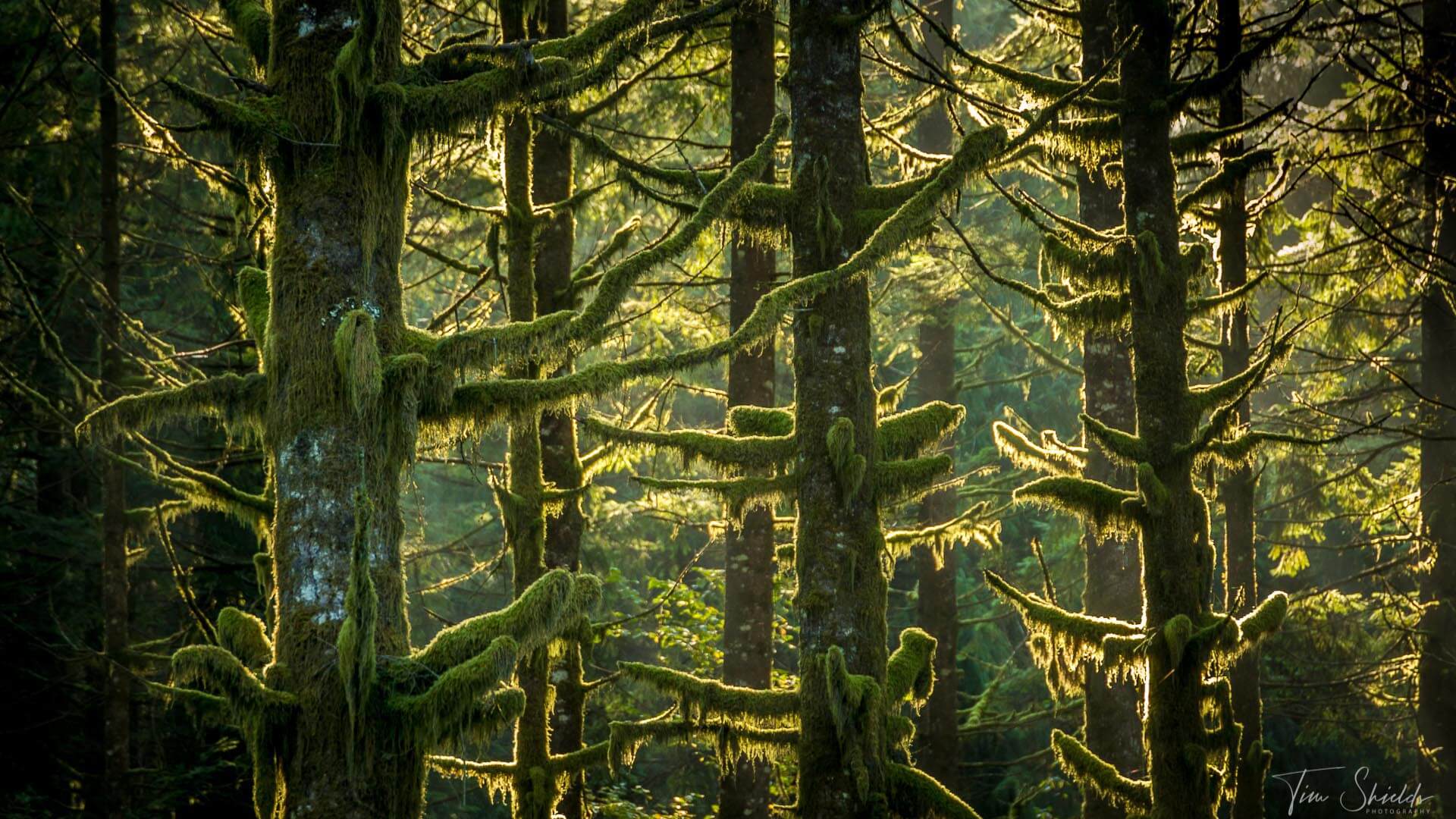
5. Try a new technique, or buy a new piece of gear
This is one of the last tips for getting off of a photography break because it’s one that can get expensive. I don’t recommend doing this every time you’re in a rut. But buying a new piece of gear every now and then can actually inspire you to get out of the house more often. There’s nothing quite like the excitement that comes from having a new tool to take some awesome photos.
But there are also tons of little, cheap pieces of equipment that can allow you to do things you never thought possible.
One example is to buy an extension tube. These are small tubes that go between your camera and lens and allow you to take macro photographs. Once you put it on, you can’t take a photo at infinity, but it’ll allow you to instantly magnify objects to see details not otherwise possible. This opens up whole new worlds of photography! From mushrooms to insects, to everyday textures.
If you don’t have one already, a piece of equipment like a Neutral Density or ND filter is an absolute must for photographers. These tools block the light coming into your lens so that you can take long exposures in the daytime. These can be used to blur the water or clouds in a beautiful, pleasing way.
6. Try out film photography
Another option to get off of a photography break is to try film! Sometimes a simple film camera like a Holga, or a Harmon Reusable Camera can be an absolute blast to shoot with. I picked up one of the Harmon’s a couple of months ago, and I bring it with me everywhere because it’s just so much fun to use. They’re cheap and come with two rolls of Black and White film straight out of the box. The photographs aren’t sharp, but it’s simple, effective, and fun. And getting the photos back from the lab is always an absolute joy, even if some of them don’t turn out.
As well, film photography is enjoying a fantastic resurgence these days. And while old Leicas and Hassleblads are becoming more expensive than new digital cameras, there are plenty of older film models that produce great results for cheap. For example, you can still find Pentax H3s with a lens for around $100. And lenses on that series are dirt cheap, yet still, they hold up.
What else can I do to get out of a photography break?
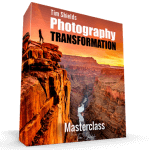 Learning more about photography will always help you get out there and try something new! In my free online web class, I teach you how to use my 4-step system for getting gallery-quality photographs. It’ll teach you about planning and composing an image in a way that helps you get better results without ever needing to buy something new. Take a look at the free course here to learn more.
Learning more about photography will always help you get out there and try something new! In my free online web class, I teach you how to use my 4-step system for getting gallery-quality photographs. It’ll teach you about planning and composing an image in a way that helps you get better results without ever needing to buy something new. Take a look at the free course here to learn more.

